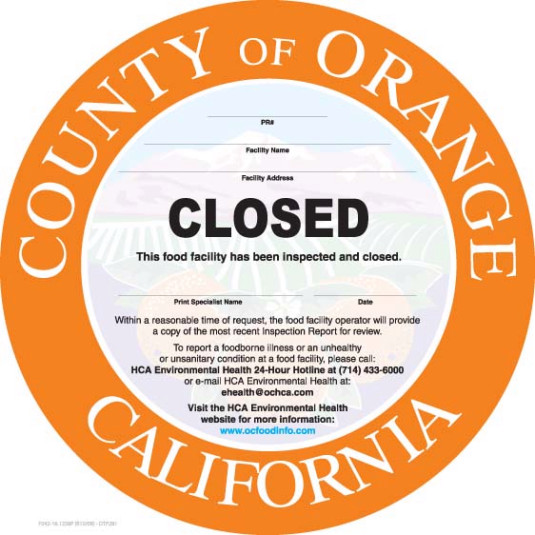When the former British India won independence and was divided into India and Pakistan in 1947, the Muslim majority cashmere was free to choose the new country to join or to remain independent.
The Maharaja of Jammu-et-Cachemire, a Hindu sovereign of a Muslim majority state, initially wanted independence but finally chose to access India after a tribal invasion supported by Pakistan.
A war broke out and India asked the United Nations to intervene. The UN has recommended to have a referendum on the question of whether the State would join India or Pakistan. However, neither of the two countries could agree on an agreement to move the region before such a vote.
In July 1949, as recommended by the UN, India and Pakistan agreed with a ceasefire line which ultimately became the so-called control line (loc). Following an agreement signed in 1972.
The region has become divided into Jammu and Kashmir administered in India and Azad Cashmere, Kashmir and Baltistan. Adding to complexity, China also controls a part (Aksai Chin).
India and Pakistan always claim full sovereignty in the region.
Since then, there have been sporadic conflicts between the two parties in the disputed region, interspersed with periods of de -escalation.
But the election of the Hindu-Nationalist BJP in power in India in 2014 marked a new period of tension. The BJP government responded to a major attack in 2019 by launching cross -border air strikes. Later that year, he revoked the autonomy of Jammu and Kashmir, arousing an increased protest in the region which was brought together with repression.
This was followed by a period of relative calm in which Delhi promoted an emerging tourism sector in the region which began to explode until the attack on tourists near the Pahalgam Hotspot on April 22, 2025.


